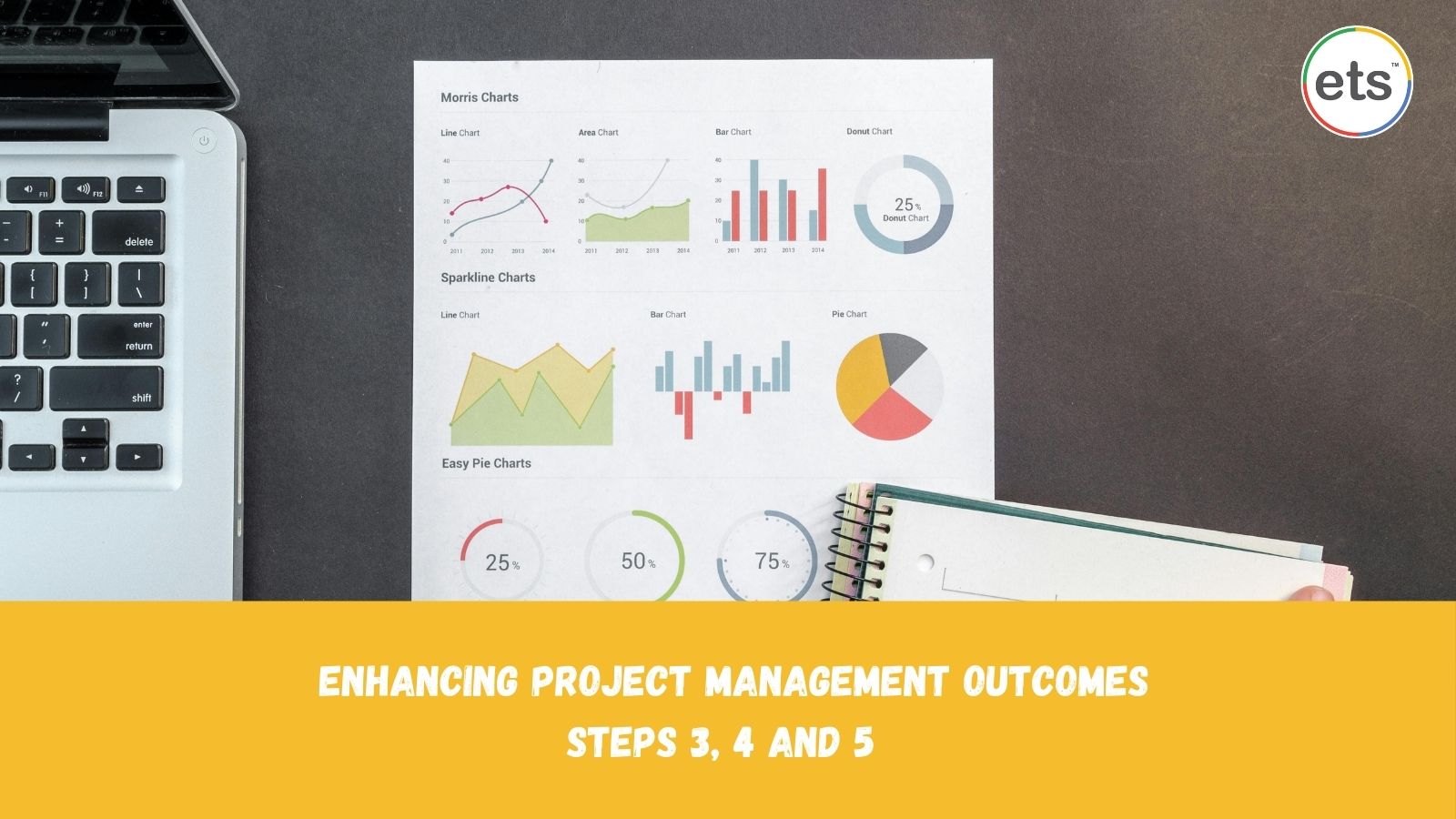
Step 3: Integrate CTQ with WBS:
- Align CTQ requirements with tasks/work packages: For each task/work package in the WBS, identify which CTQ requirements relate. This helps to ensure that quality considerations are incorporated into the project deliverables. This is a critical step because you need to ensure that there are tasks identified which will result in complete CTQ deliverables and stakeholder requirements. An Alignment Matrix is useful to show how tasks address CTQ requirements.
- Define quality control measures: For each CTQ associated with a task/work package, establish quality control measures and checkpoints. This could involve on-going monitoring, inspections, testing, or reviews at various stages of the project.
- Document quality requirements: Clearly document how each task/work package will address the CTQs, including the metrics that will be used to evaluate success. The Alignment Matrix in conjunction with weighted impact ratings is useful to show how, and how much, tasks address CTQs.
Step 4: Implement Quality Assurance Processes:
- Create a project plan: Develop a plan that outlines how all activities will be managed throughout the project, including roles, responsibilities, and processes for monitoring CTQs.
- Conduct regular reviews: Schedule and conduct regular project reviews to assess progress against the CTQs and make adjustments as necessary. This ensures that any issues related to quality, cost, and schedule are identified and addressed promptly. Standardized templates are useful for asking questions, displaying information, documenting lessons learned, and describing adjustments to the plan during implementation.
- Train team members: Ensure that all team members understand the importance of CTQs and how they relate to their specific tasks/work packages. Provide training to ensure they have the skills to meet quality requirements as identified in the RACI Matrix.
Step 5: Monitor and Adjust:
- Track performance against CTQs: Use the established metrics to track performance and quality throughout the project lifecycle. Burn-down charts assessing progress at key intervals, such as 20, 40, 60, and 80% are useful for monitoring resource consumption vs project completion throughout the project.
- Adjust tasks/work packages as needed: If performance falls short of CTQs, be prepared to adjust tasks/work packages, processes, or resources to improve quality and meet requirements.
- Collect feedback: After project completion, gather feedback from stakeholders regarding the quality of deliverables and the degree to which requirements were met to inform future projects. Documenting and sharing lessons learned is typically a weak spot and hinders organizational learning.
Summary
By integrating the CTQ and WBS methodologies, you can create a comprehensive approach to project management that emphasizes quality at each phase of the project. This structured approach not only enhances the likelihood of meeting customer requirements but also standardizes many important functions and promotes a customer-centric culture within the project team and organization.
